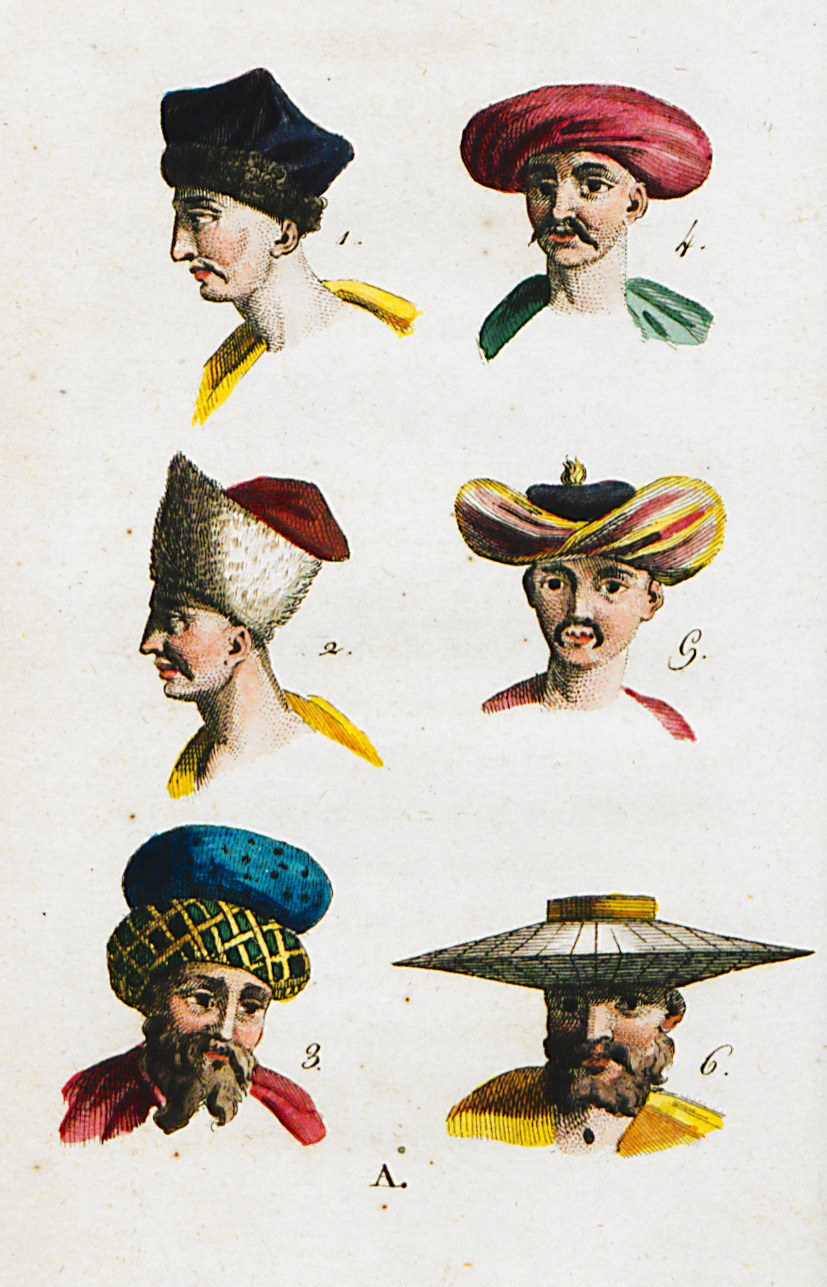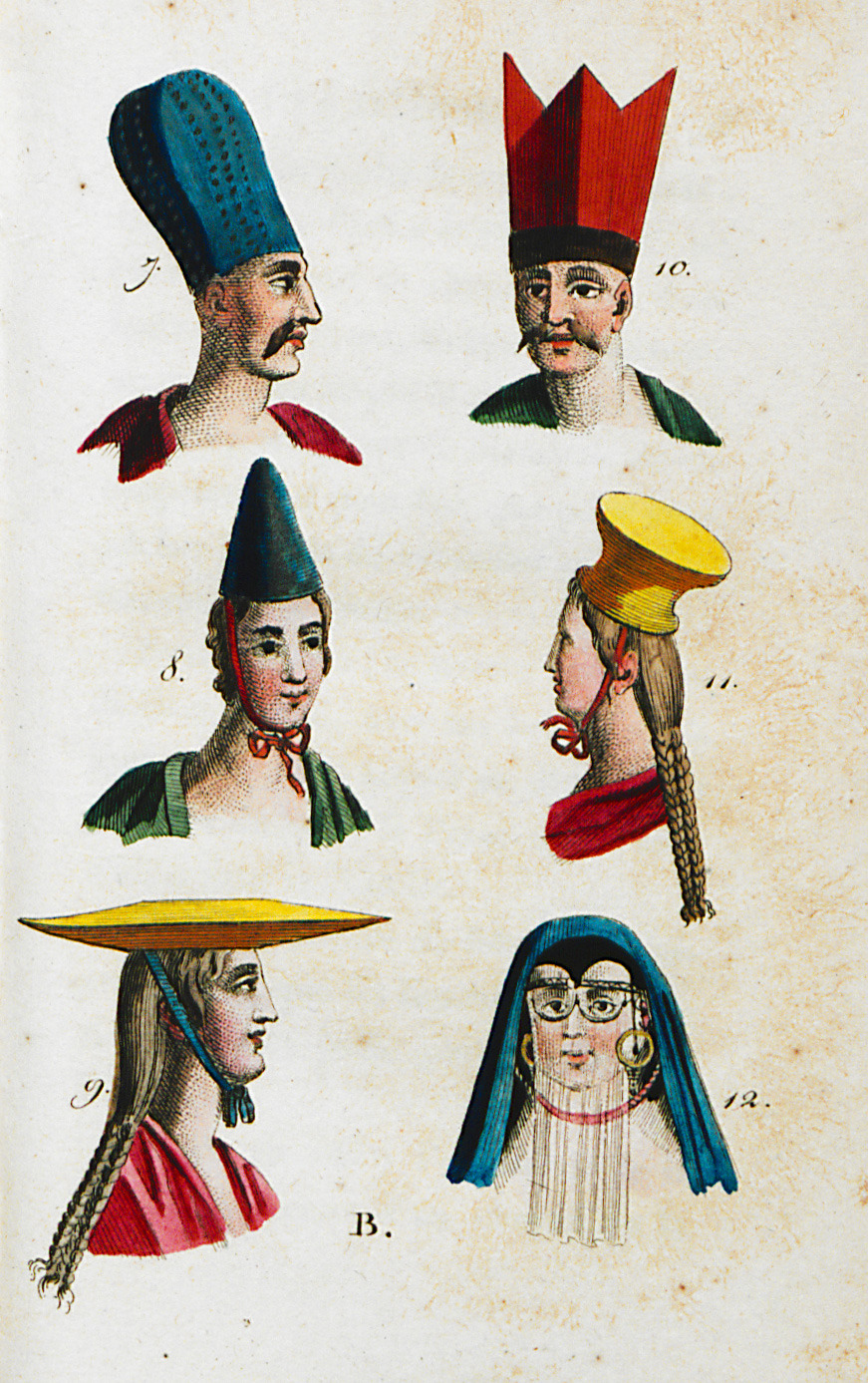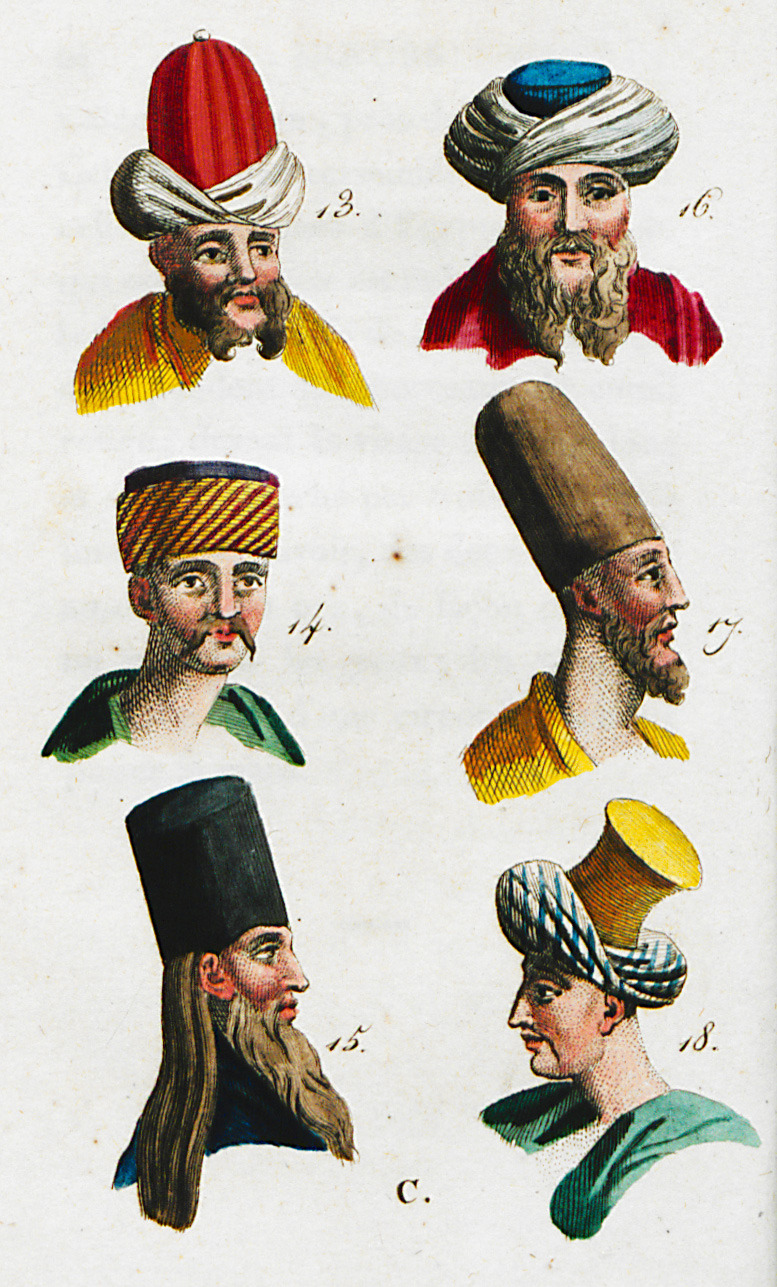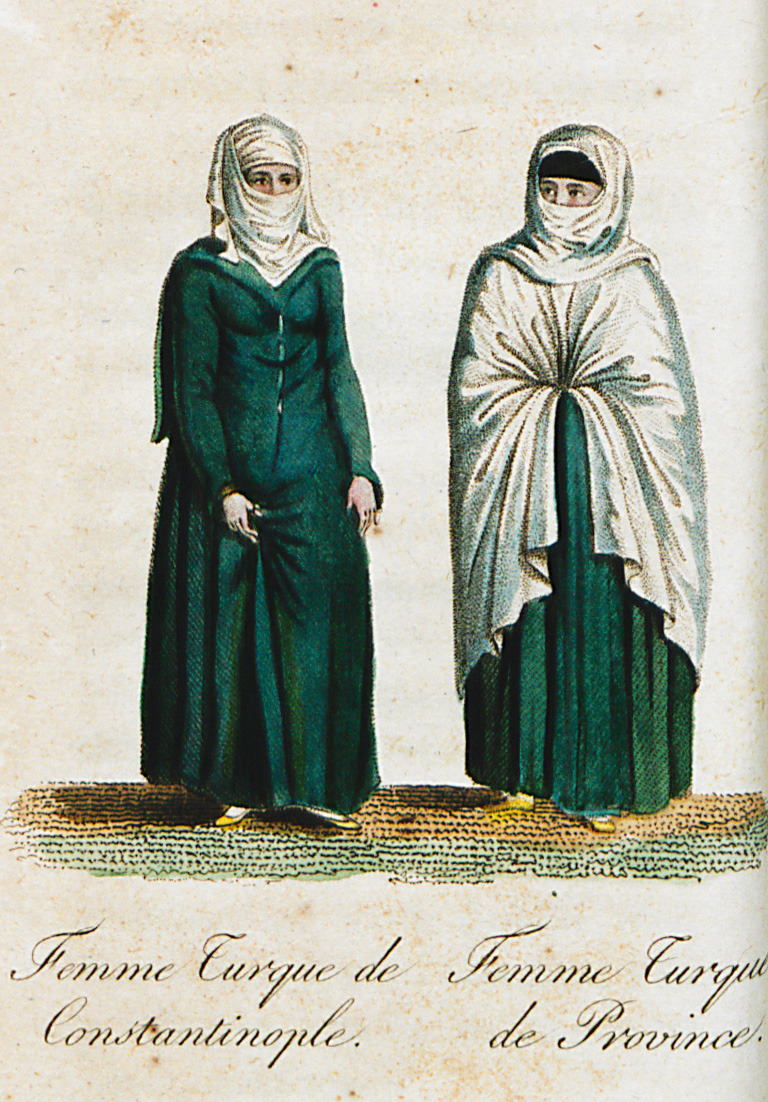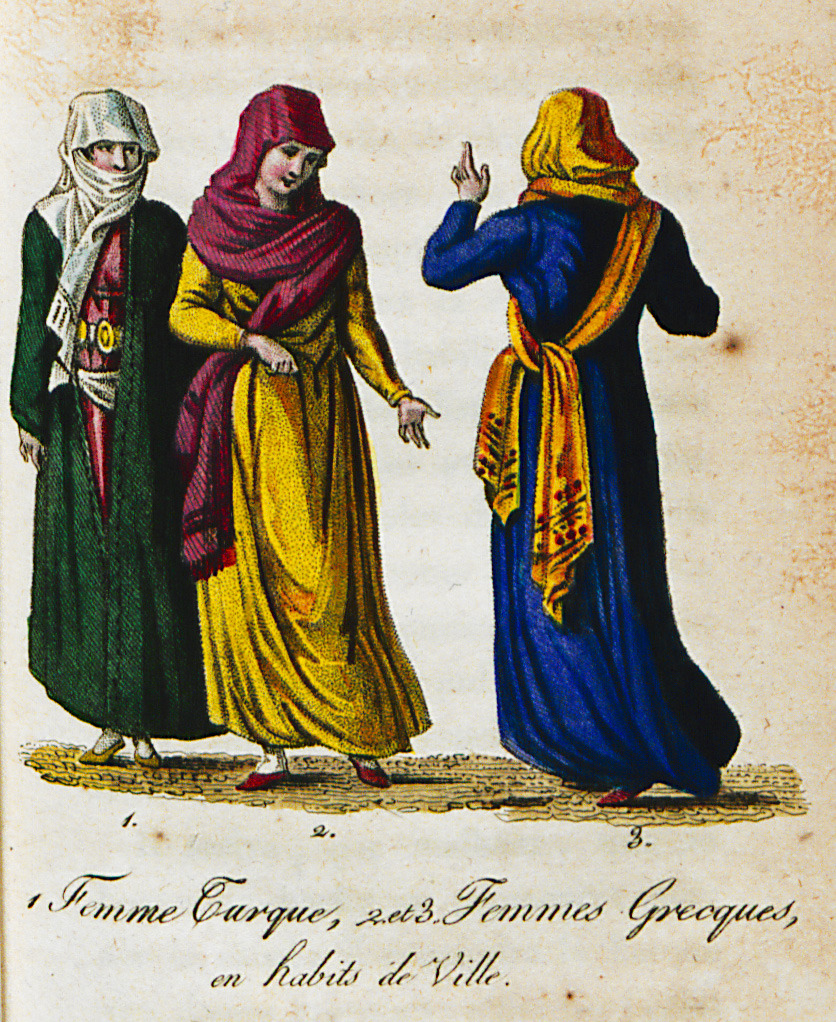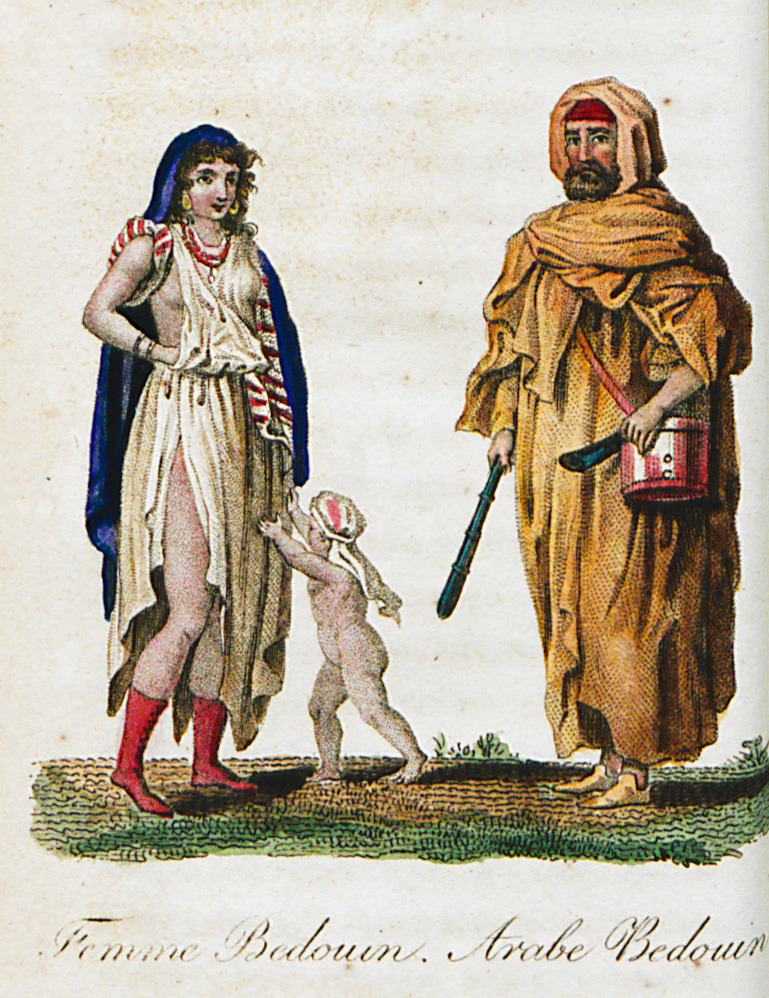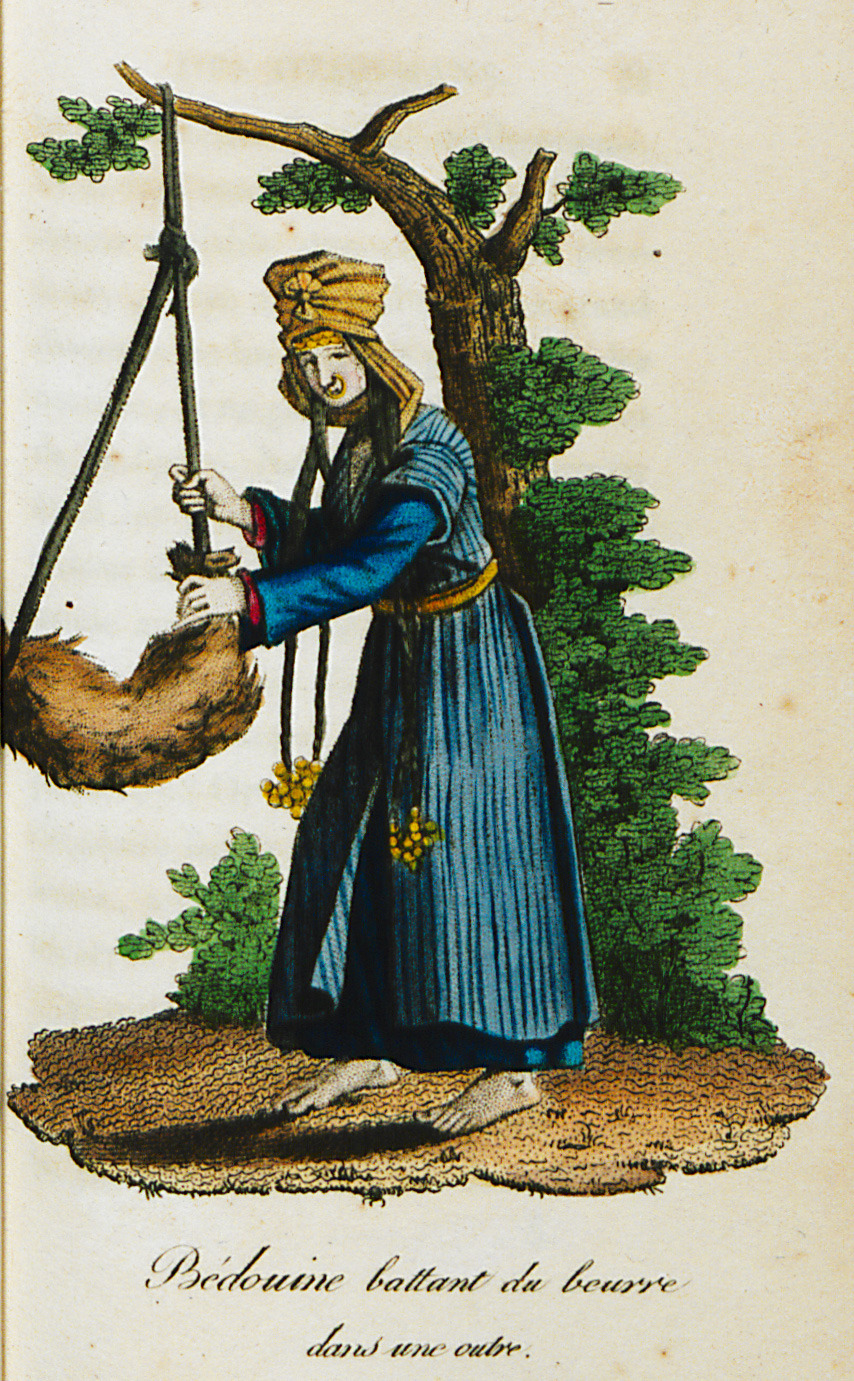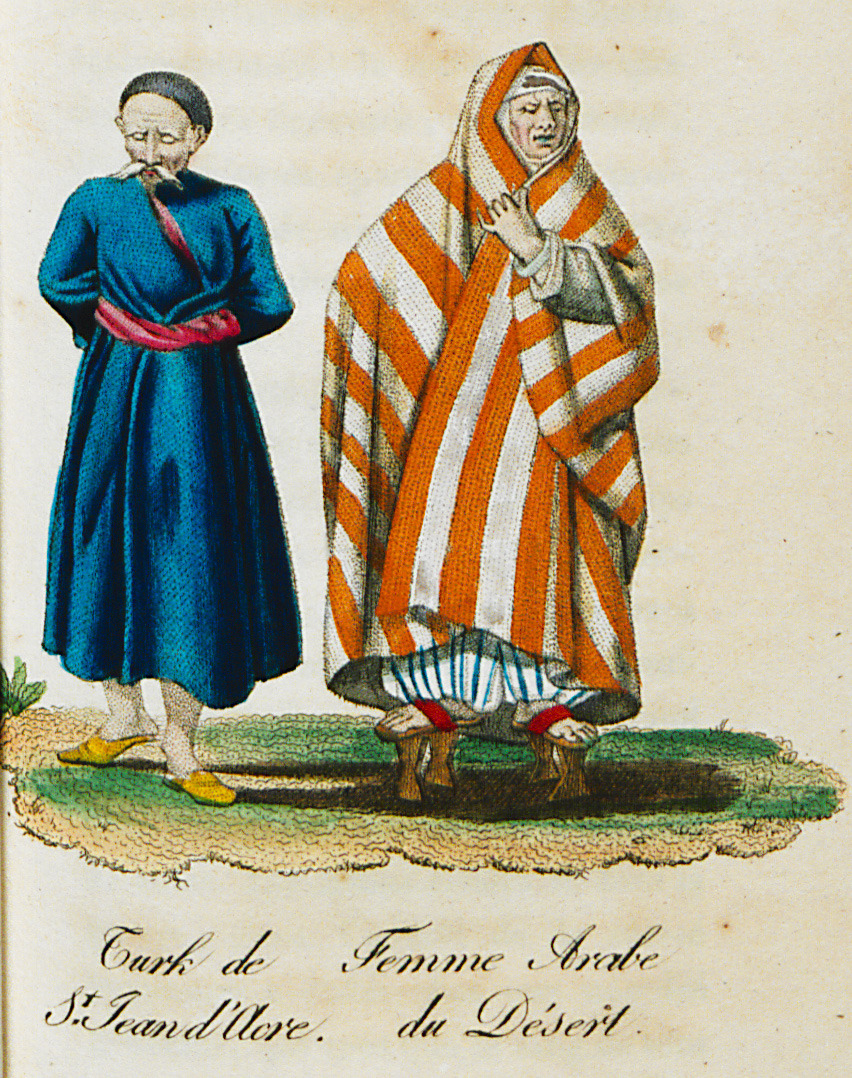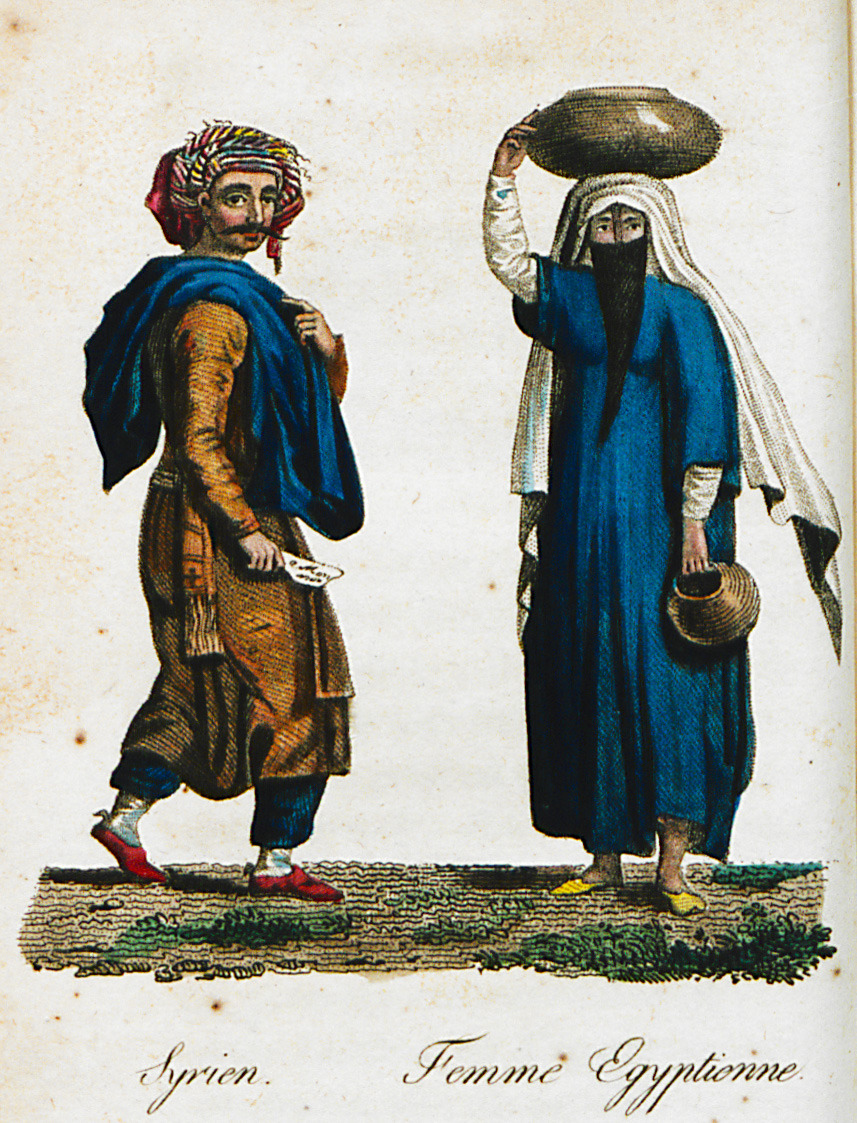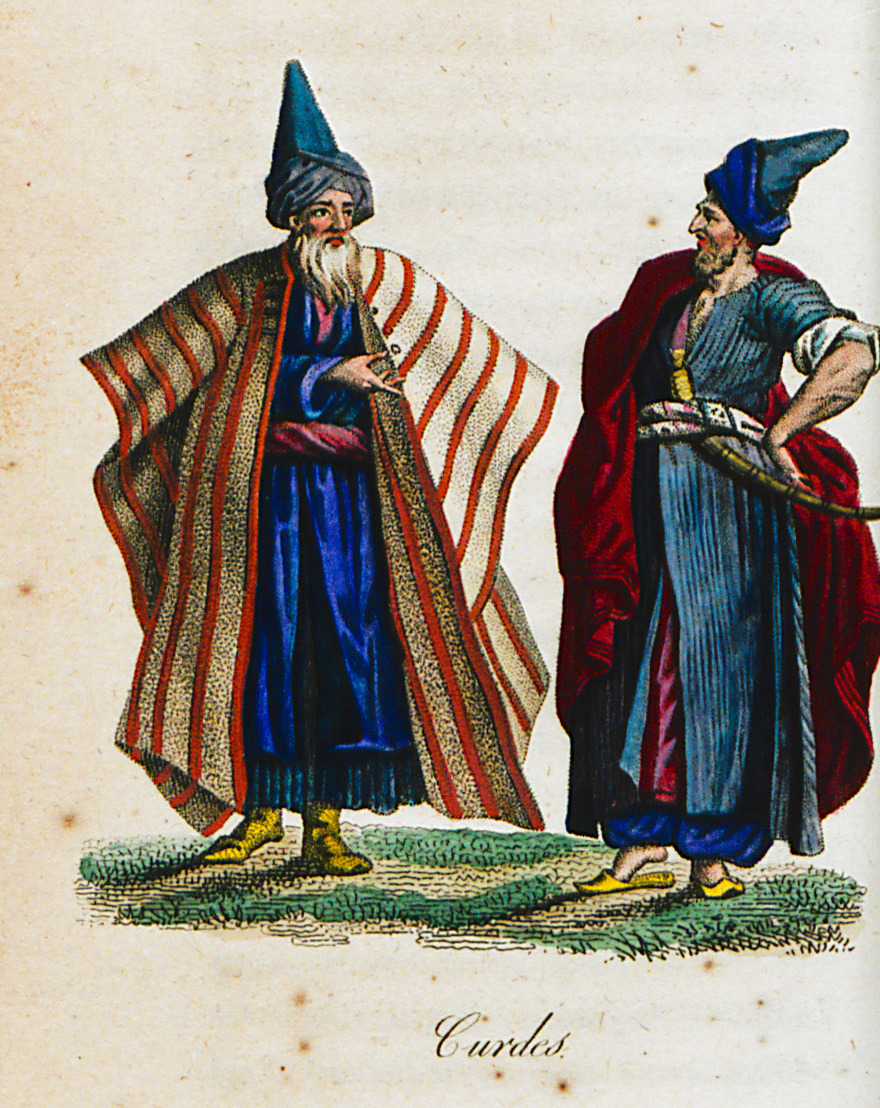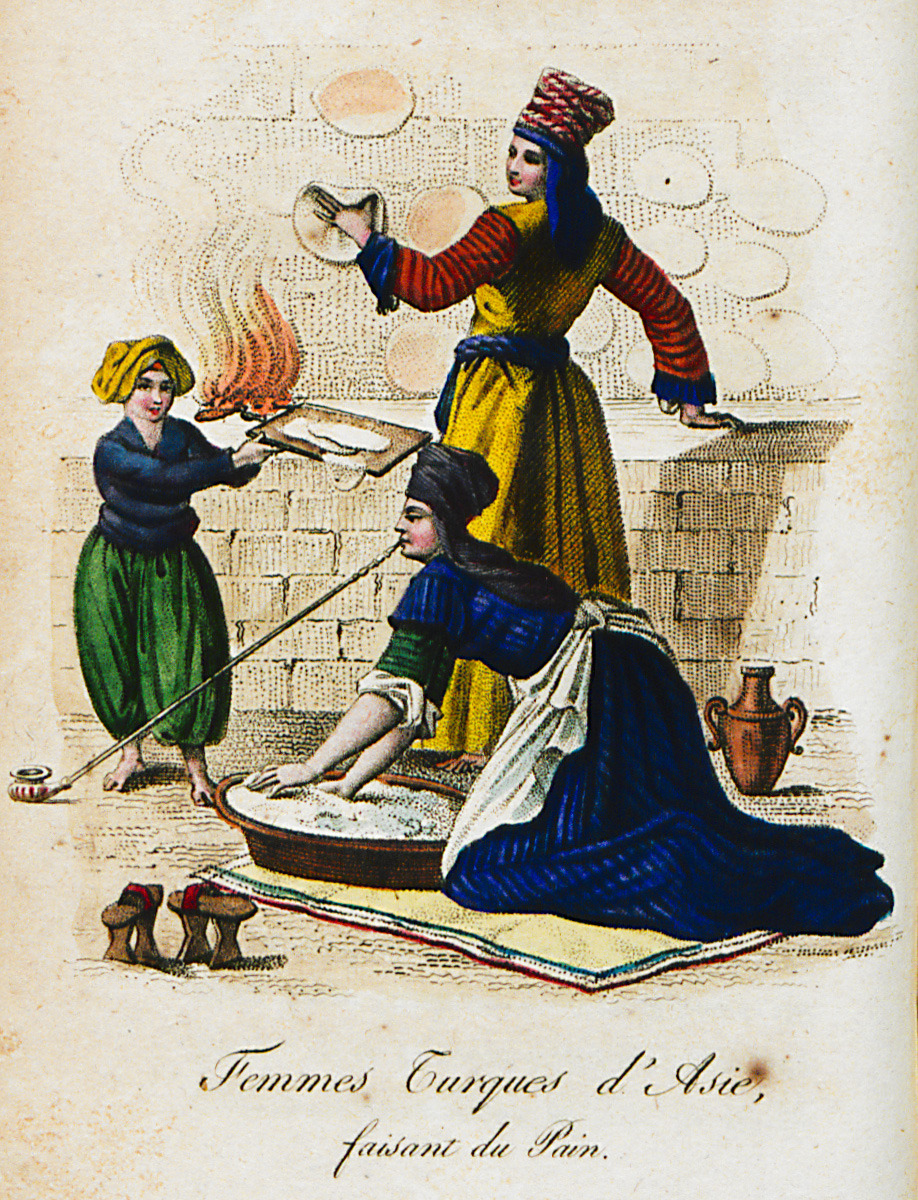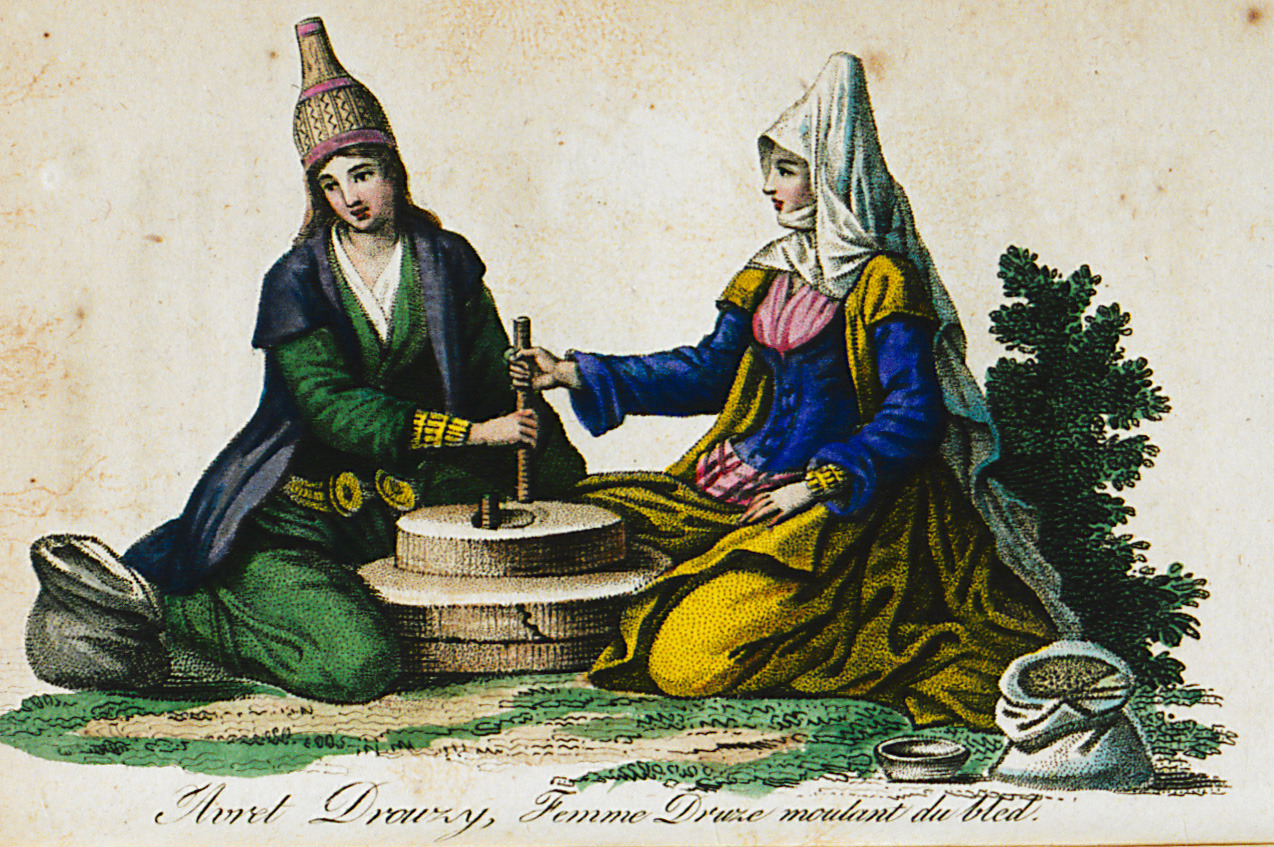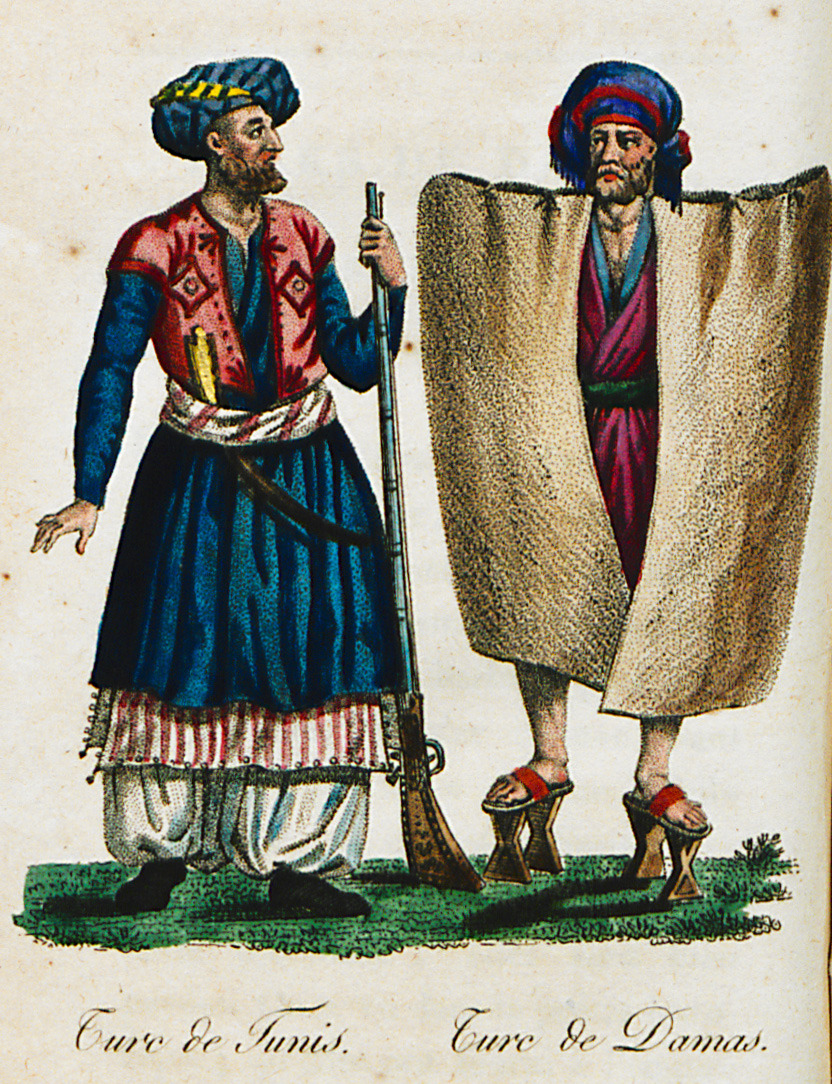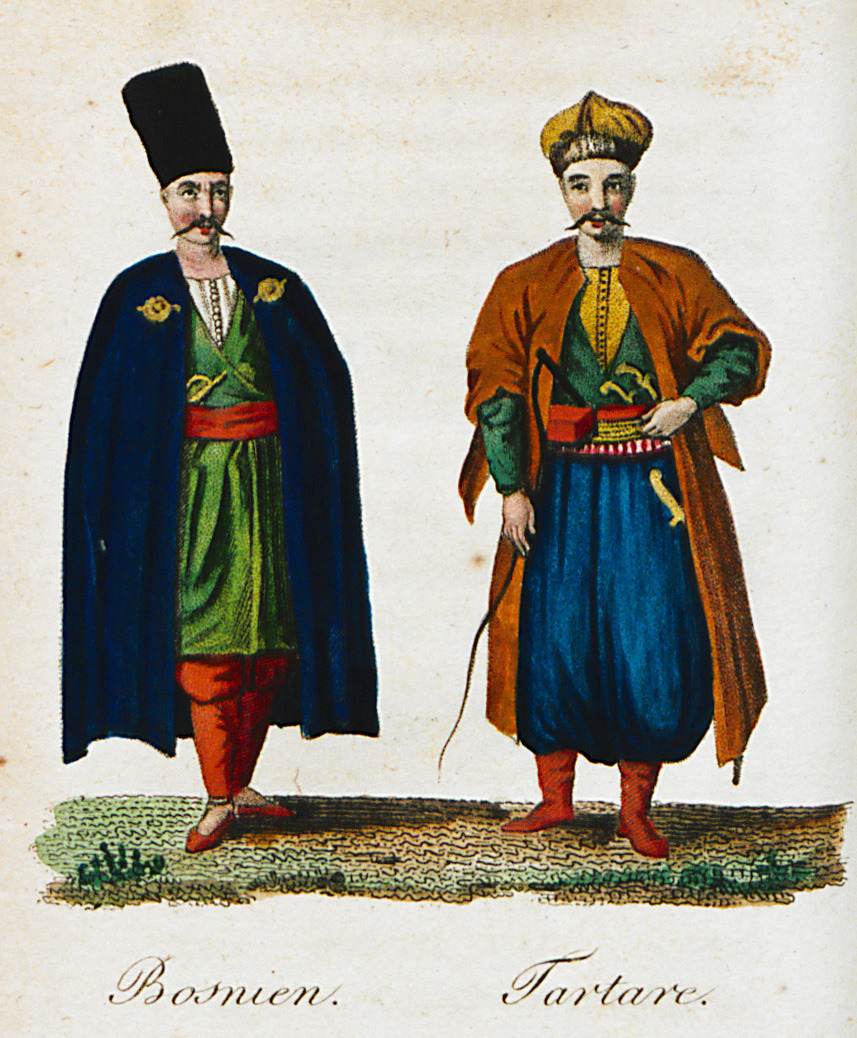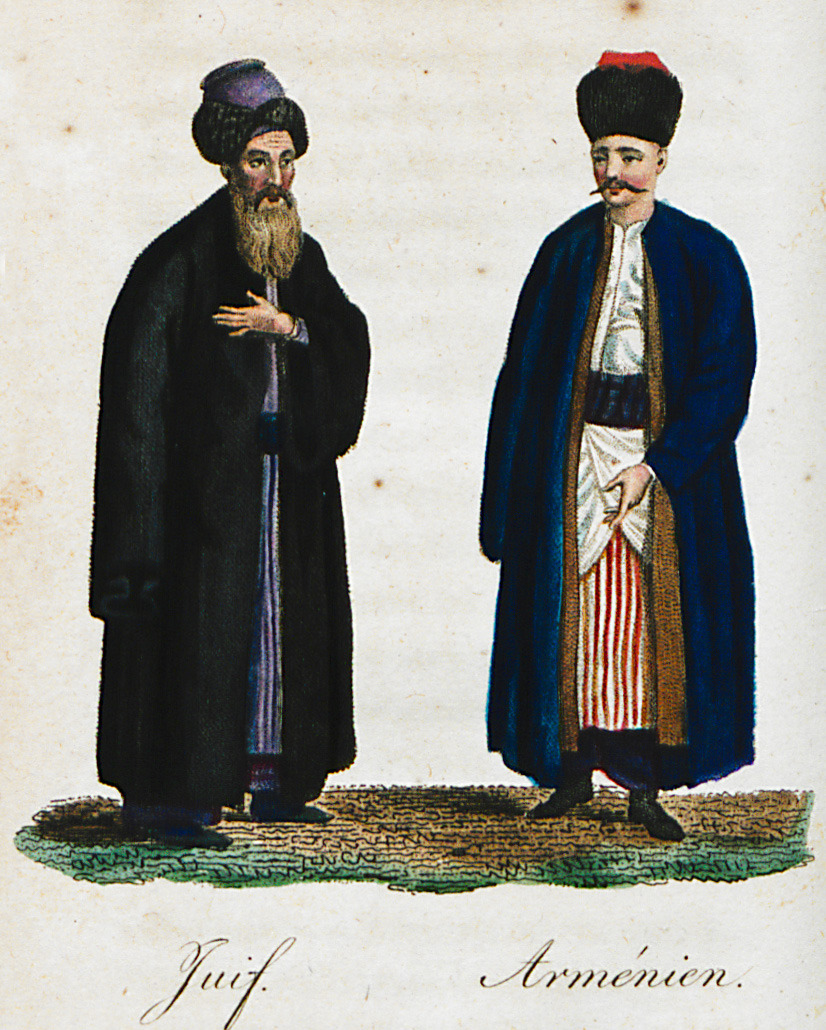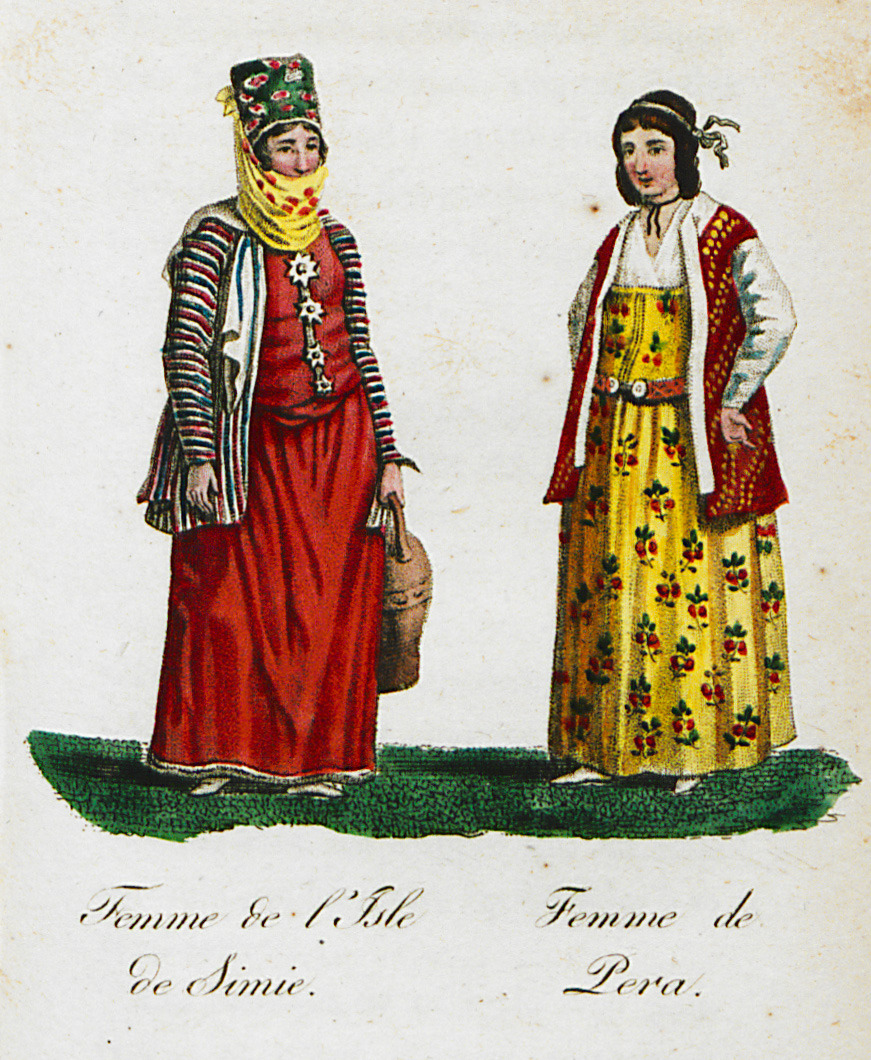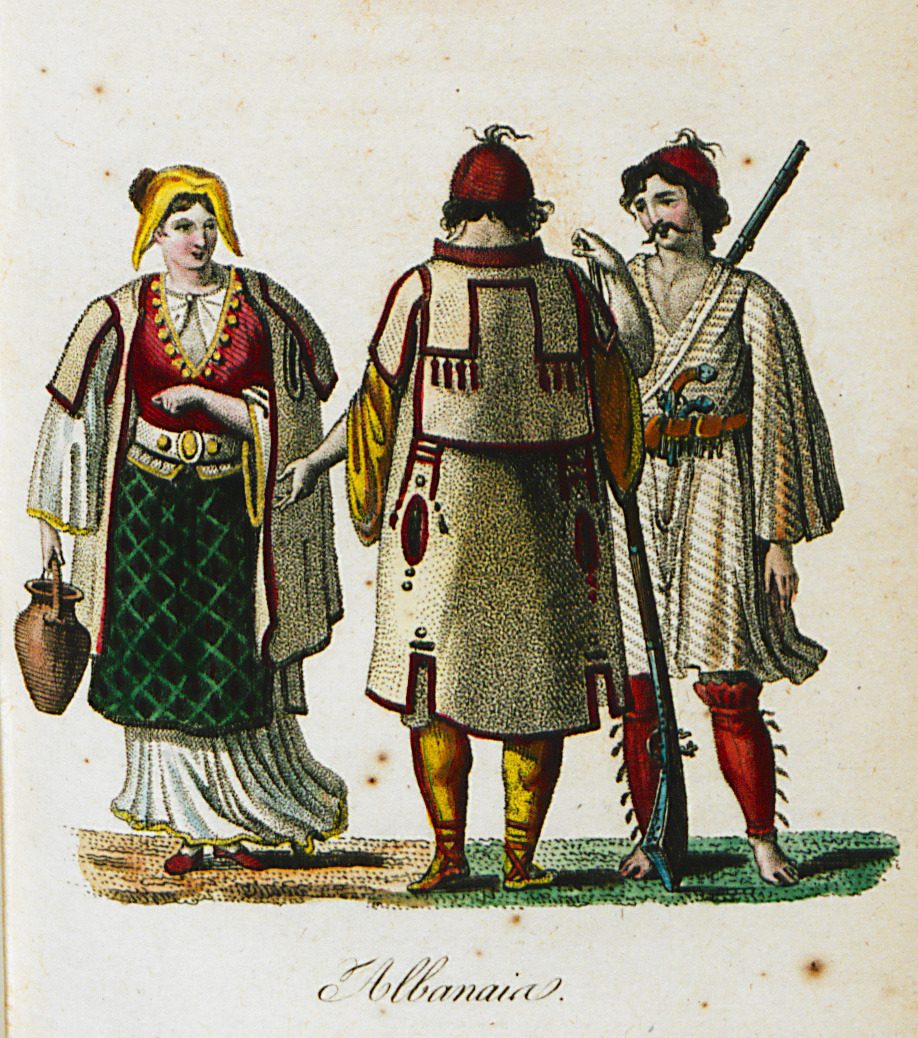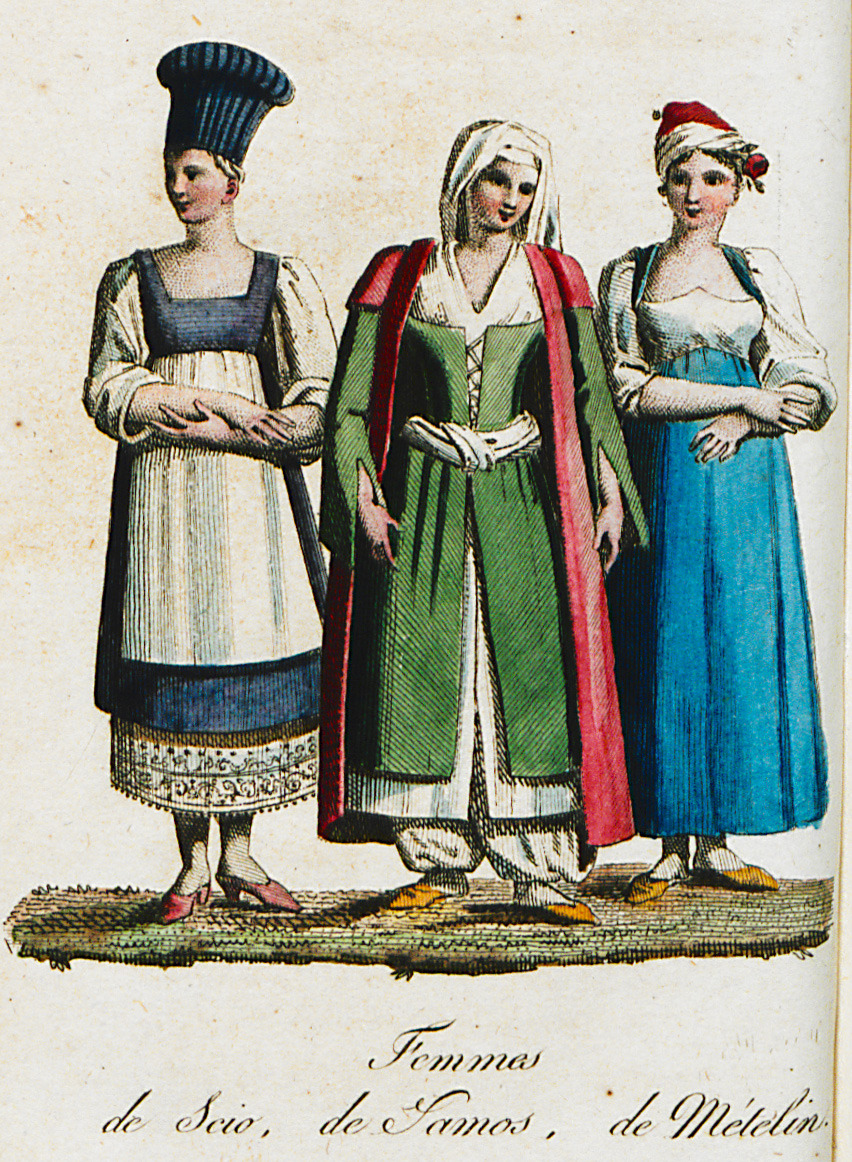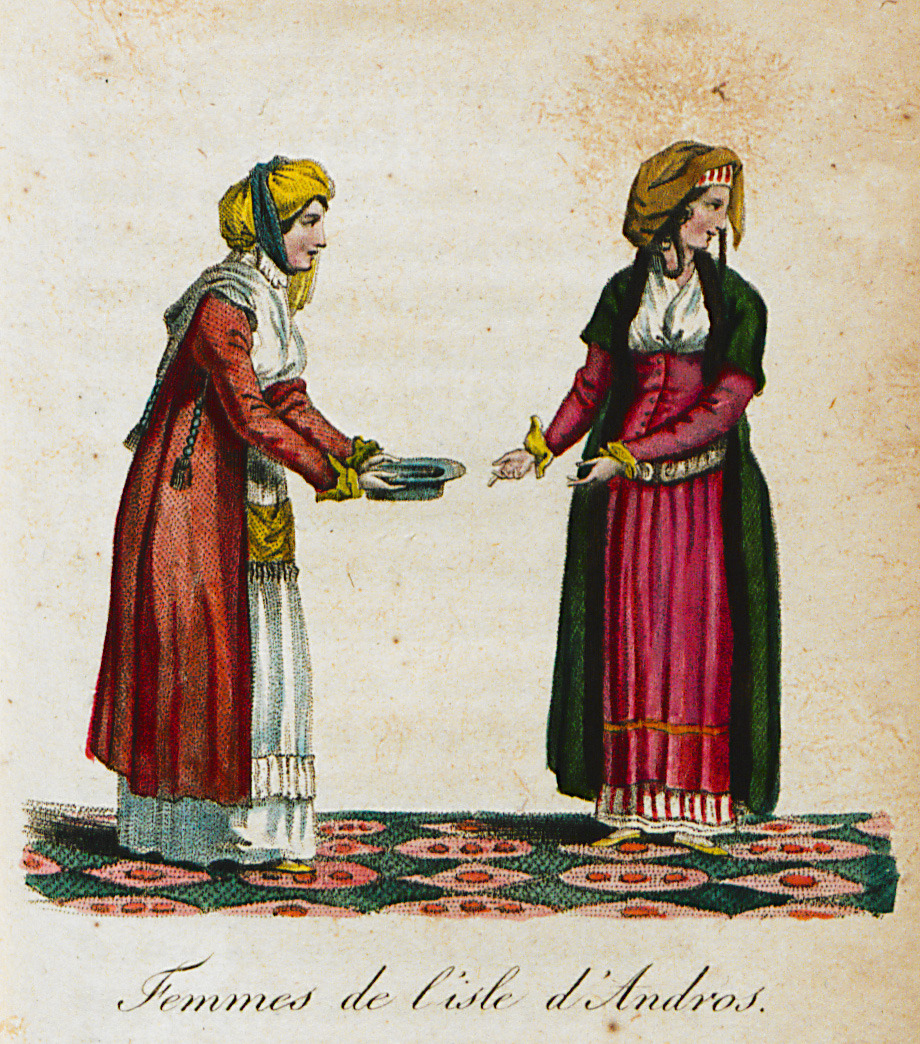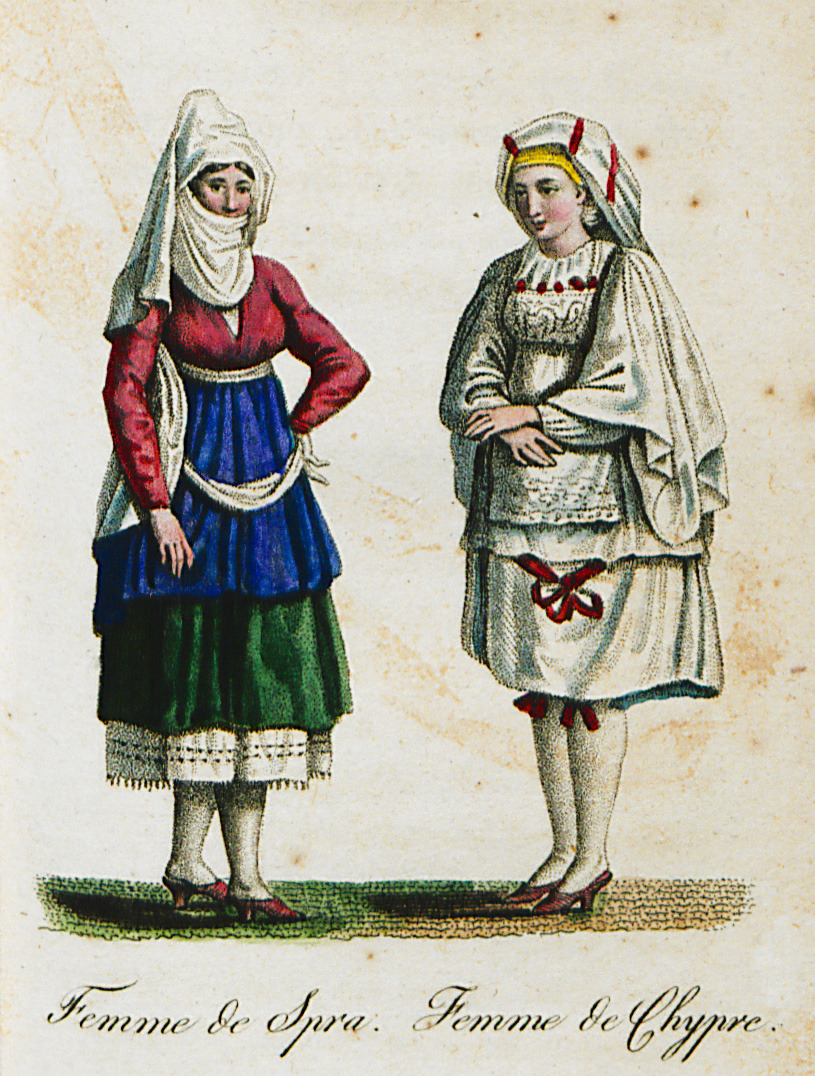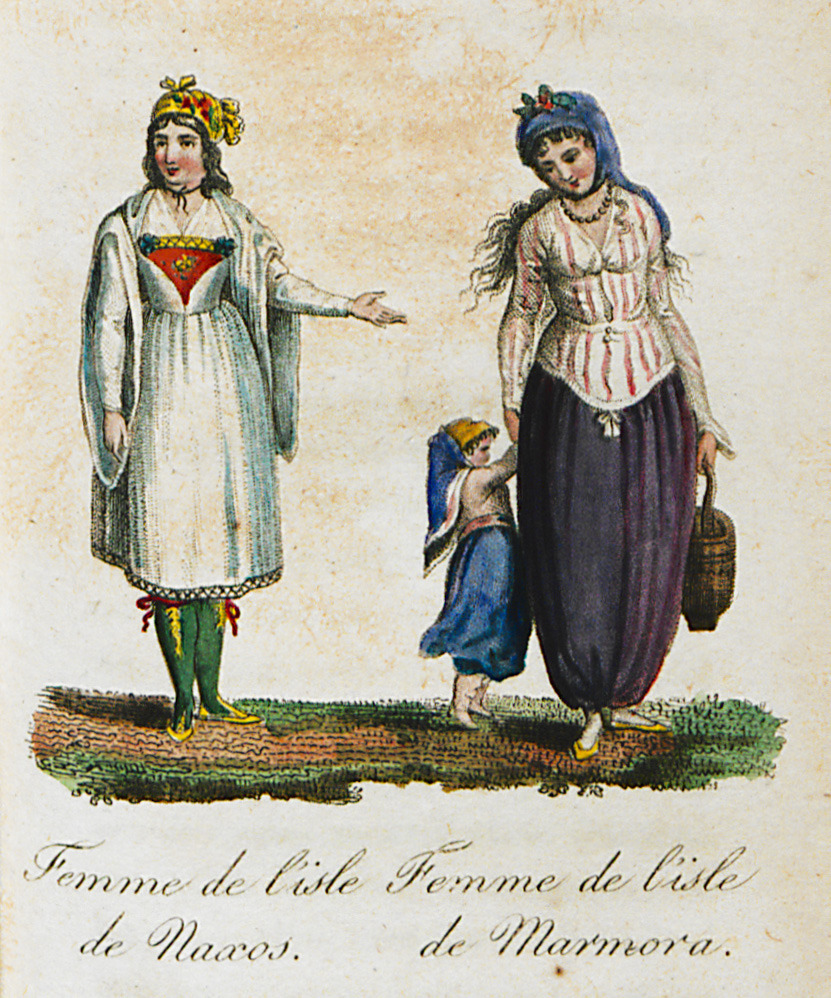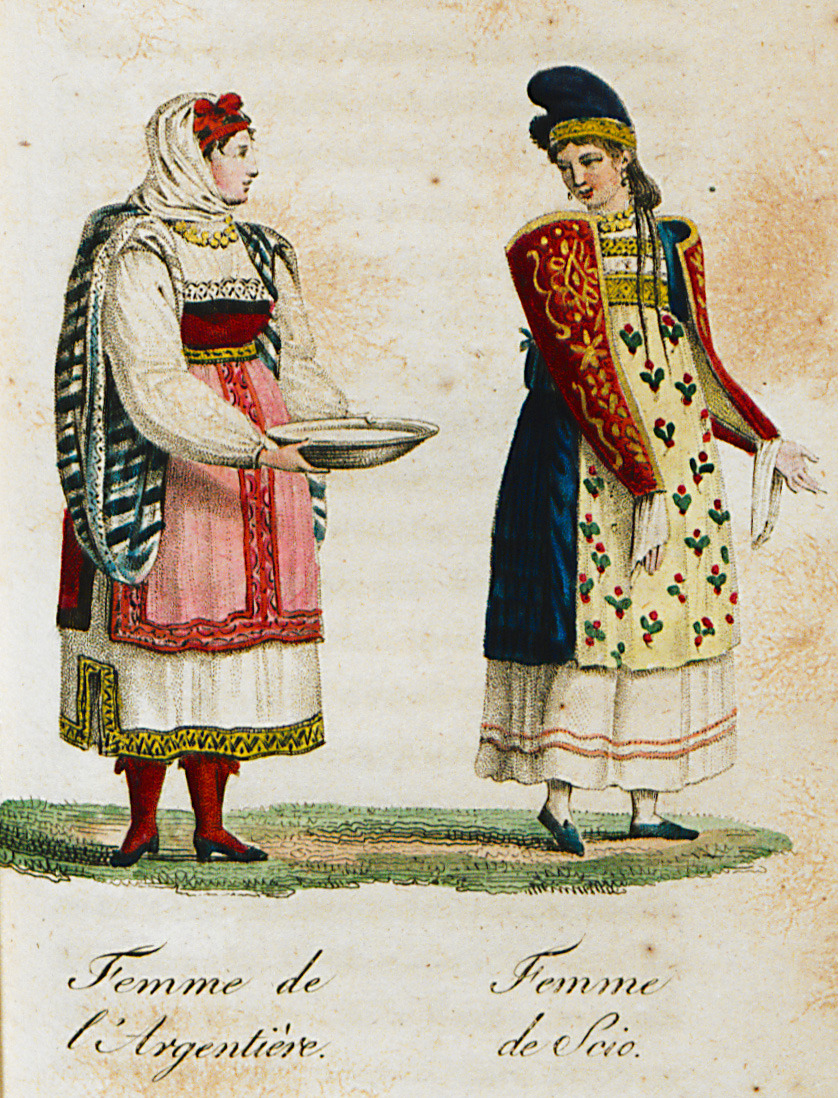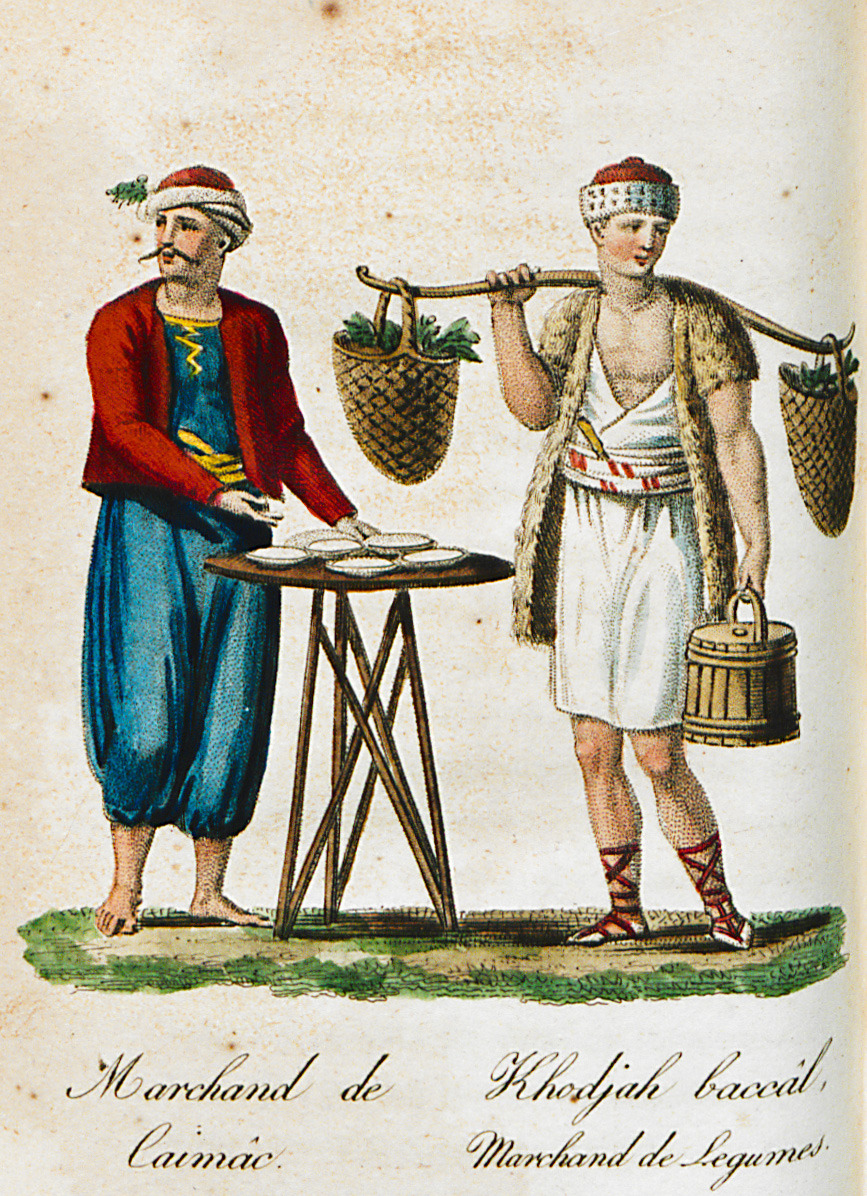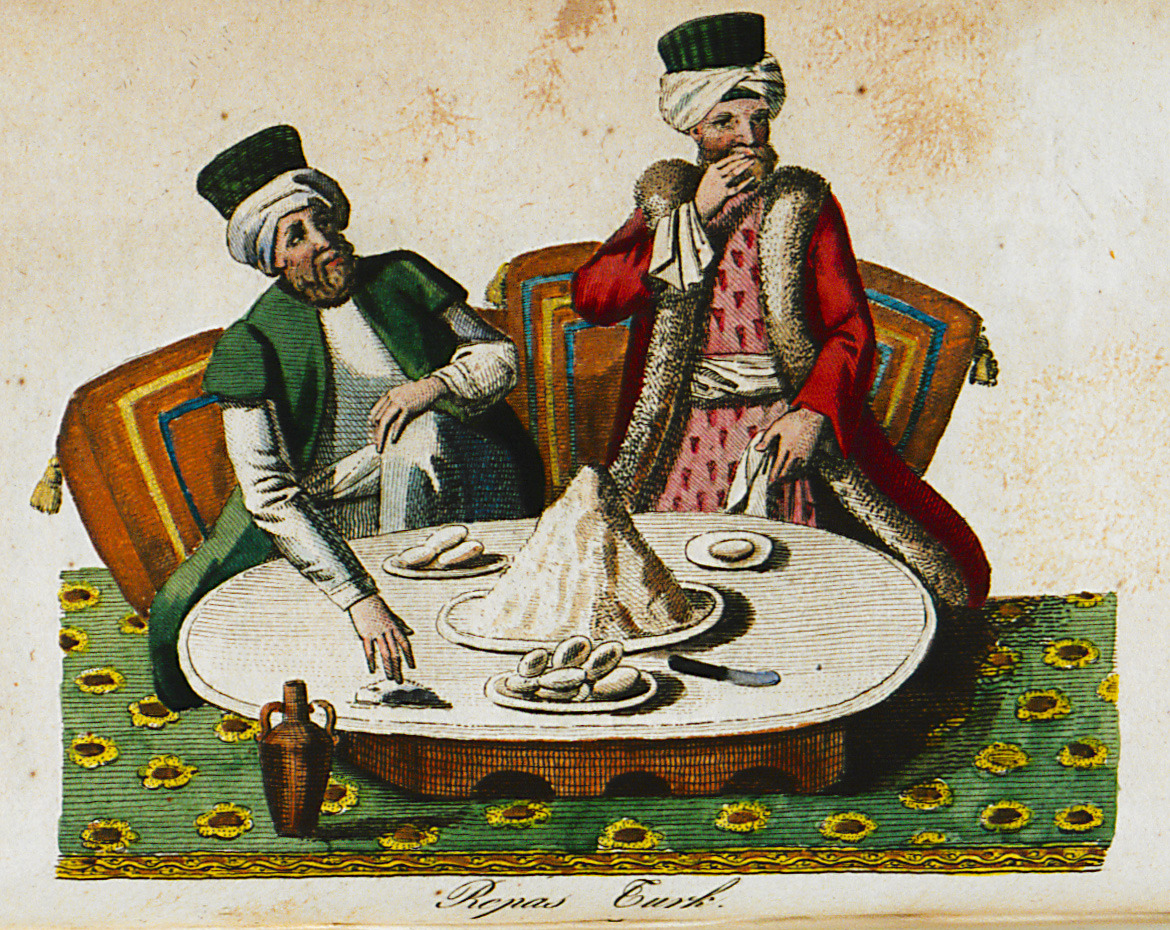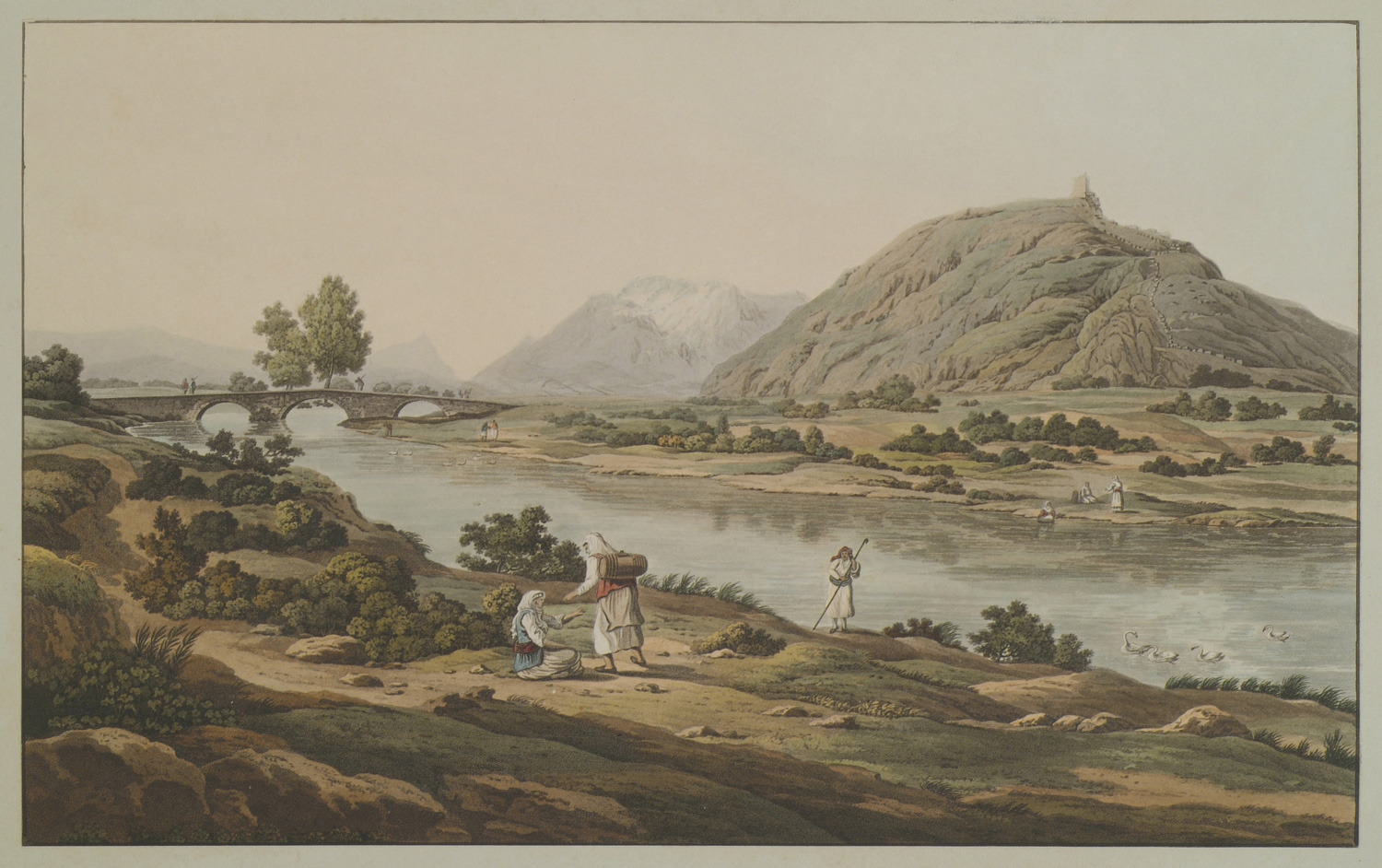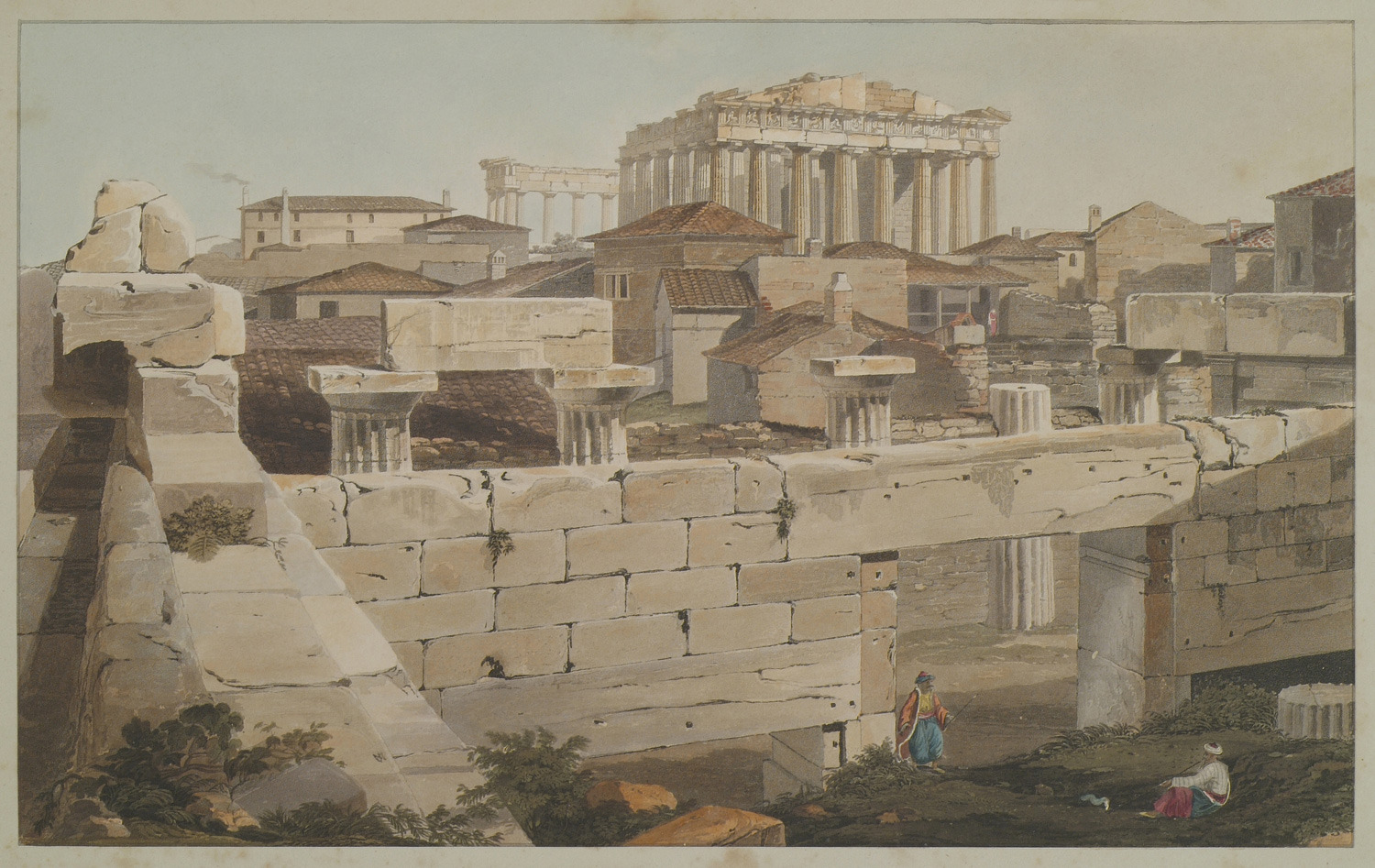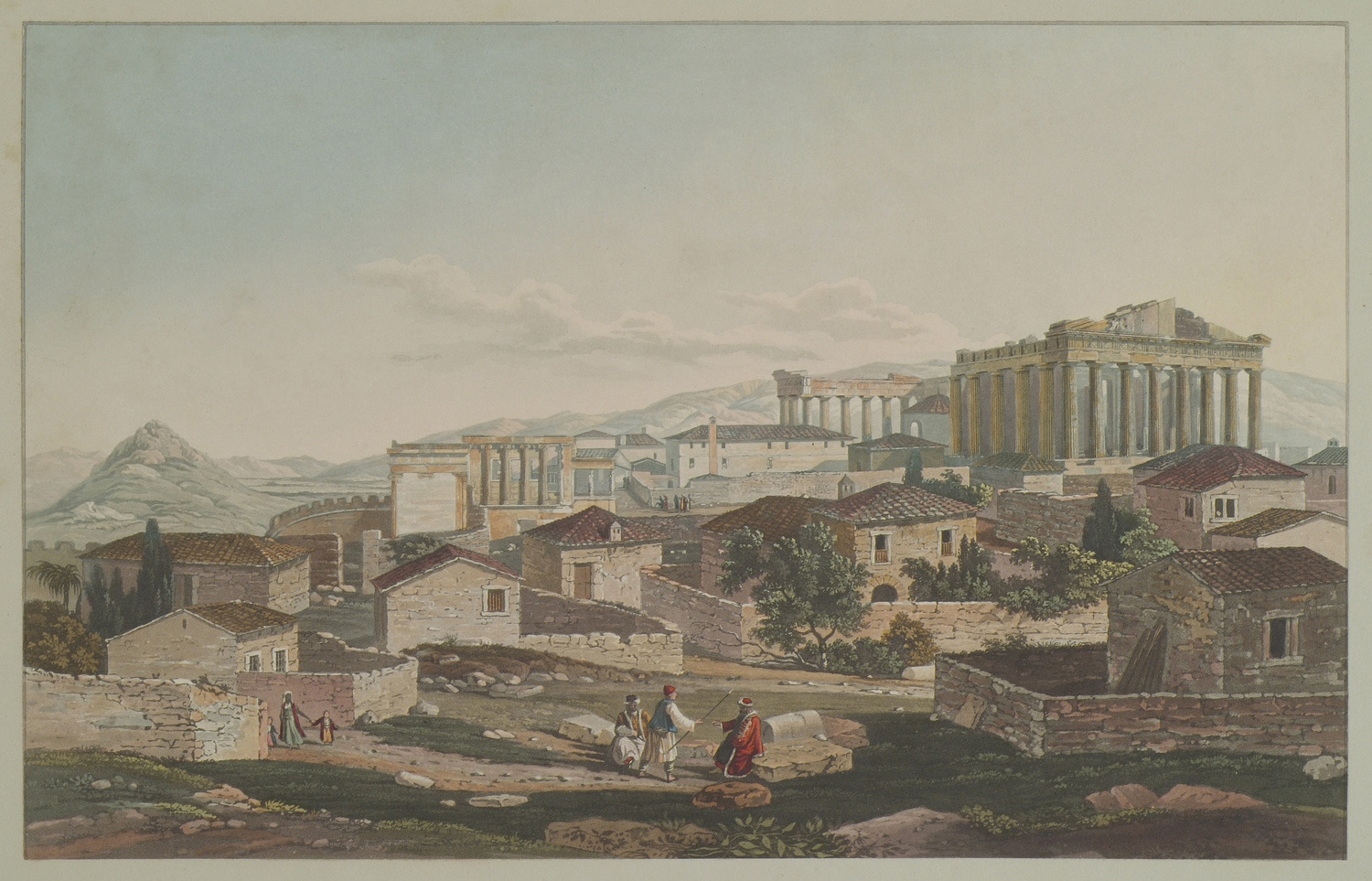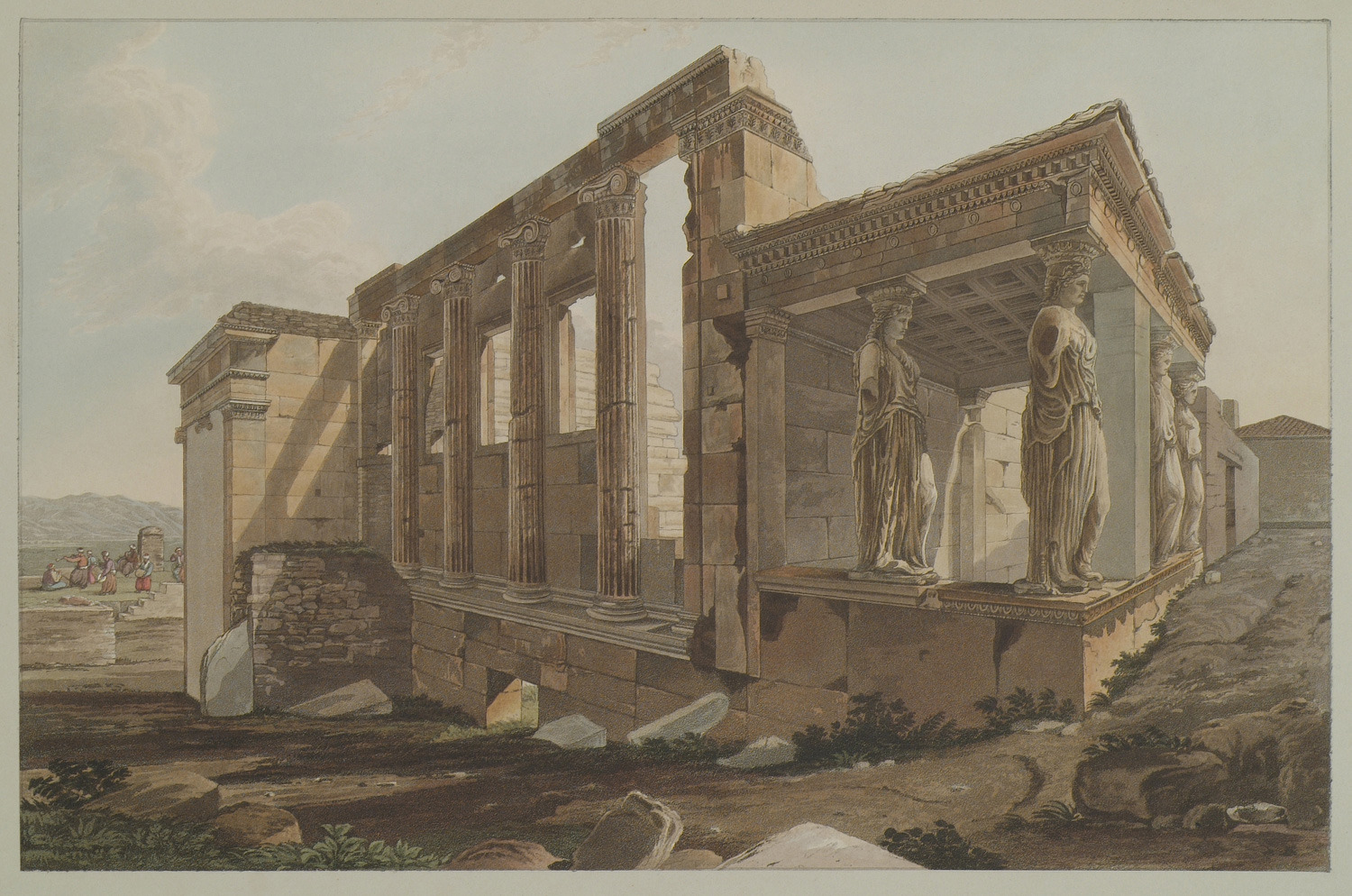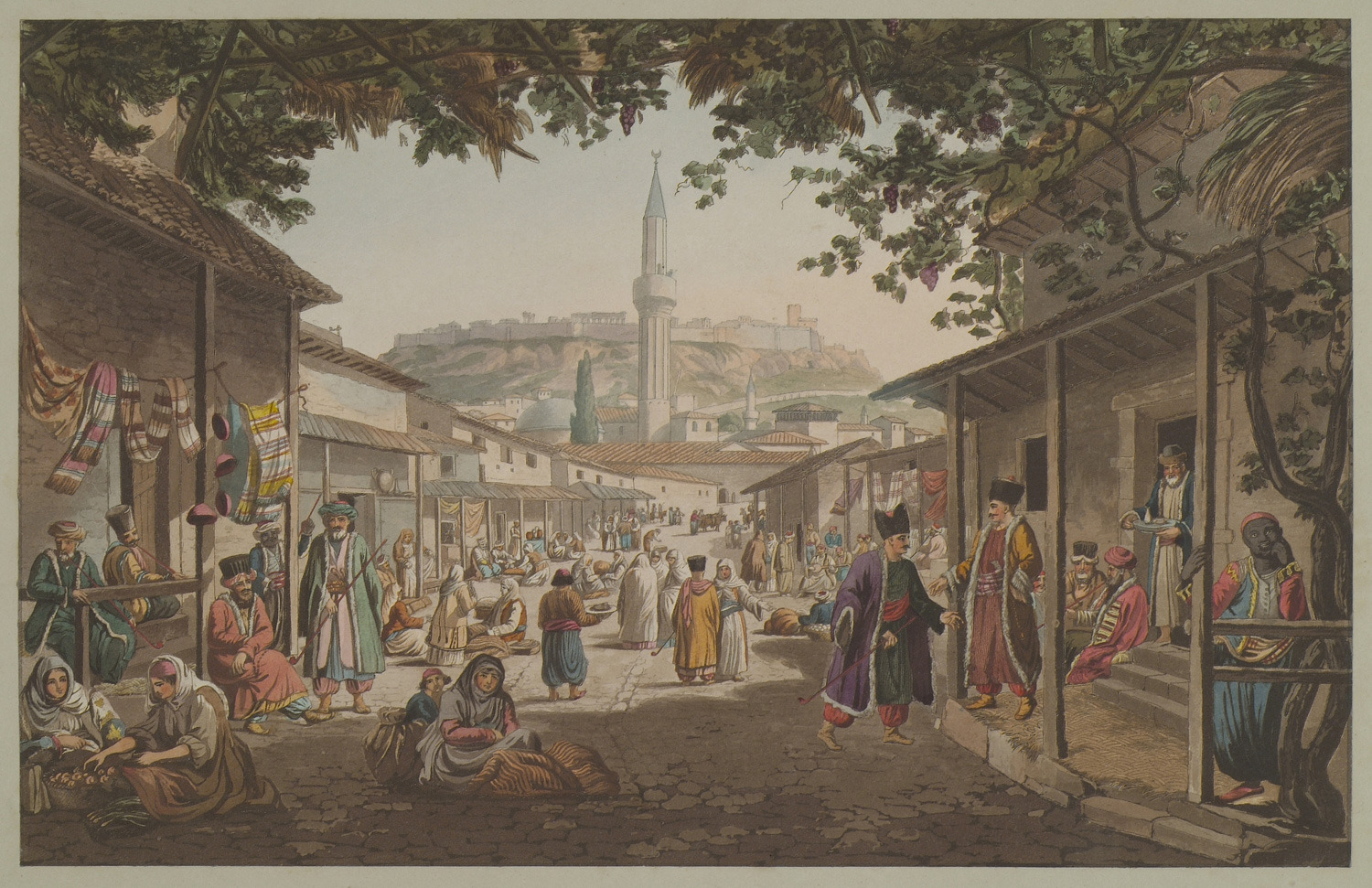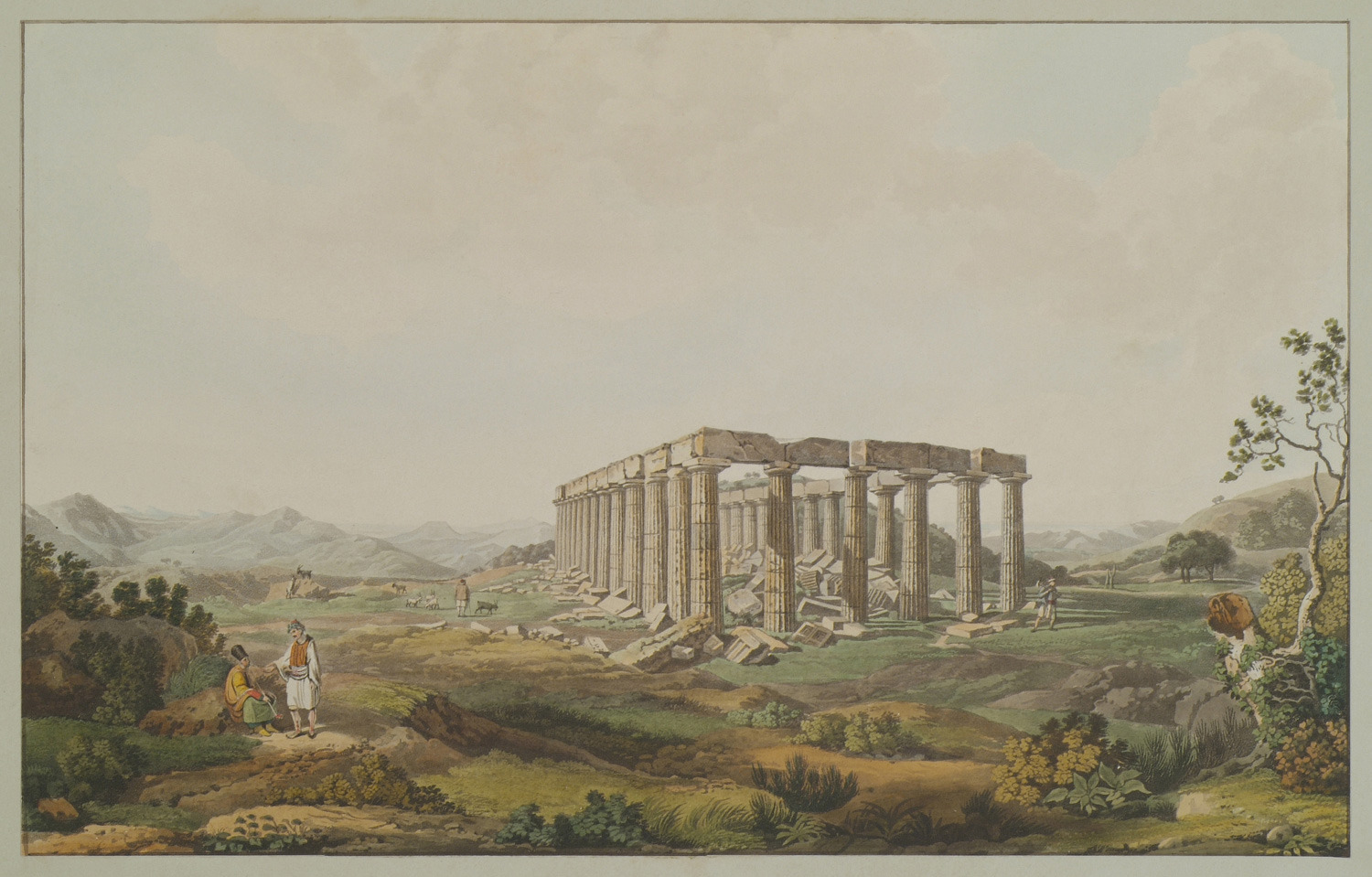Ethnic groups (1947 Subjects)
Ottoman headwear, indicative of social class, profession and/ or ethnic group.
Ottoman headwear, indicative of social class, profession and/ or ethnic group.
Headwear of priest in the Ottoman empire.
A Turkish woman of Istanbul in promenade costume. A Turkish woman from the ottoman provinces in promenade costume.
1. Turkish woman from Istanbul in promenade costume. 2, 3. Greek women of Istanbul in promenade costume.
Bedouin woman. Arab Bedouin man.
Bedouin woman making butter.
A Turkish man from Acre (today in Israel). A Muslic woman of the desert, of Arabic ethnicity.
An Arab from Syria. A Muslim woman of Arabic ethnicity from Egypt.
Kurdish people.
Turkish women of Asia Minor making bread.
Druze women of Syria grinding flour.
Turkish man from Tunis and Turkish man from Damascus.
Bosnian man. Tatar man.
Jewish man from the Ottoman Empire. Armenian man from the Ottoman Empire.
Woman from Symi island. Woman from Pera, Istanbul.
Albanians.
Women from Chios, Samos and Lesbos.
Women from Andros.
Woman from Syros. Woman from Cyprus.
Woman from Naxos. Woman from the island of Marmara.
Woman from Kimolos. Woman from Chios.
Dairy merchant. Greengrocer.
Ottomans enjoying a meal.
The site of the acropolis of Orchomenos in Boeotia, on Cephisus river, from the south. Arvanite women occupied in agricultural tasks.
View of the Parthenon from the Propylaea. Seated on the ground is Disdar Aga,the governor of the fortress of Acropolis. He has just been surprised by another member of the guard as he was sipping a glass of wine which he took from the travellers.
The west front of the Parthenon and the Erechtheion, from the Propylaea.
The Erechtheion from the southwest. In the distance, on the left, a group of Turkish musician who customarily performed on the Acropolis every day at three o'clock in the afternoon.
The bazaar of Athens. On the forefront, on the right, an emancipated African slave. On the doorway, the owner of the coffeehouse who is brigning a tray with coffee to the Ottoman governor Disdar Aga. Disdar Aga is sitting on the stairs, dressed in red, and next to him sits another Turkish aga. Standing at the entrance of the coffeehouse, the Greek voivode (governor) of Salamis island, who is conversing a Greek Baratario (protegé of a foreign power). At the centre of the picture, three Turkish women covered with long white veils. According to Edward Dodwell's description, the rest of the women depicted are Arvanite. Standing, on the right, a devout Muslim in green costume, an indication that he has made the pigrimage to Mecca.
The temple of Apollo Epicurius at Bassae. On the left, the Turkish and the Tatar attendants of Edward Dodwell.


